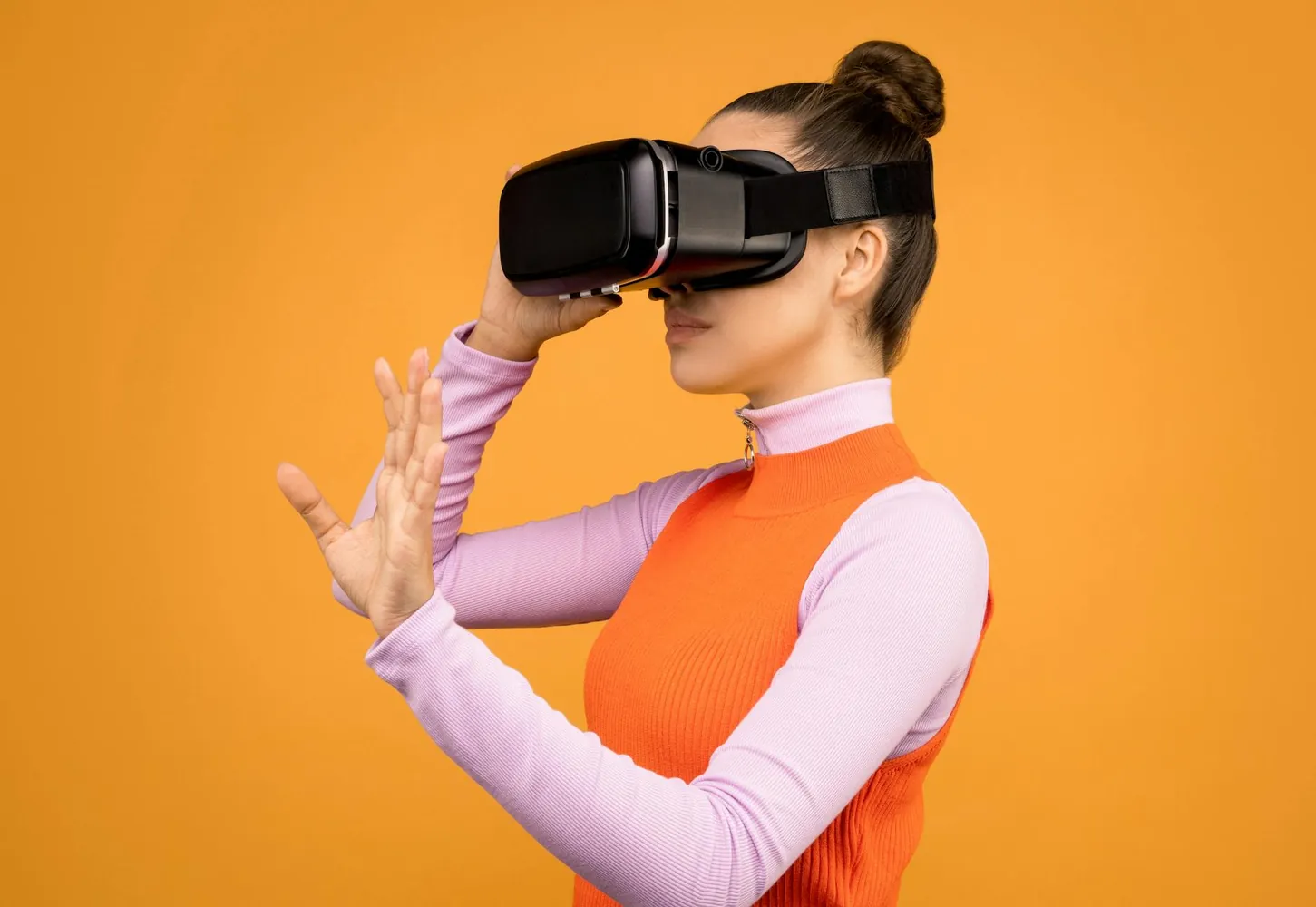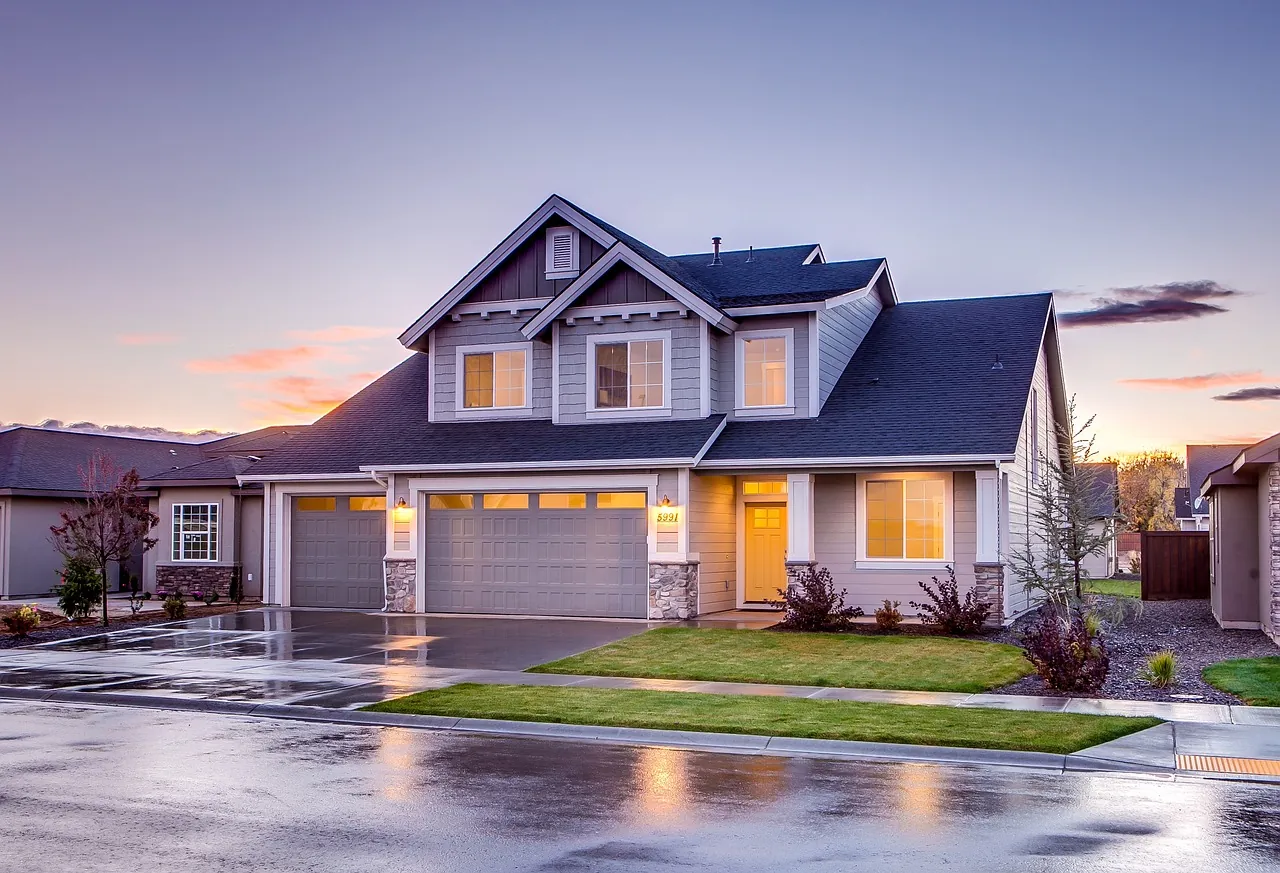applying performance analysis to refine gaming strategies and skills over time

The Essence of Performance Analysis in Gaming
In the competitive realm of gaming, where split-second decisions can mean the difference between victory and defeat, performance analysis has emerged as a crucial tool for serious gamers aiming to refine their skills. Just as athletes watch game tapes to understand their play, gamers can dissect their gameplay to identify strengths, weaknesses, and opportunities for improvement.
Performance analysis involves a detailed review of past games to track various metrics—such as reaction times, decision-making under pressure, and strategic execution. This data-driven approach is not just for professional esports players; even casual gamers can benefit immensely by adopting structured methods to enhance their gameplay.
Structured Practice Techniques
Improving at any game requires more than just time spent playing; it necessitates structured practice. One effective method is the 'Deliberate Practice' model, a concept widely used across different disciplines. This model involves focusing on specific skills or strategies with defined goals in each practice session.
Deliberate Practice: A Closer Look
- Identify Specific Skills: Break down the game into fundamental components. For example, in a first-person shooter (FPS), you might focus on aim precision, movement, and map awareness.
- Set Achievable Goals: Create short-term objectives that are challenging yet attainable. If your aim accuracy is currently at 40%, aim for a 5% improvement over a month.
- Continuous Feedback: Record sessions and review them to gain insights into what works and what doesn't. Use software tools or work with a coach to get an external perspective.
Case Study: Improving Aim in FPS Games
A common challenge in FPS games like Counter-Strike: Global Offensive is achieving consistent aiming accuracy. Here’s how one gamer applied deliberate practice:
- Started by analyzing their current aim stats using a tracking tool such as Aim Lab or KovaaK's FPS Aim Trainer.
- Focused on specific drills targeting hand-eye coordination and reflexes.
- Spent dedicated time each day practicing these drills, gradually increasing difficulty as improvements were noted.
- Reviewed progress every week by comparing performance data with initial stats, ensuring tangible growth.
The Role of Feedback
Feedback is the cornerstone of growth. In gaming, feedback can come from various sources—self-evaluation, peer reviews, or from AI-driven analytical tools. The key is to be open and adaptive to constructive criticism and use it as a guide for further development.
Utilizing Technology for Real-Time Feedback
Modern technology offers advanced tools that can provide real-time feedback. For example:
- Replays and Highlight Clips: Many games allow you to save replays. Watching these can help identify errors in positioning or timing.
- Coaching Software: Platforms like Mobalytics for League of Legends analyze gameplay to suggest improvements in tactics and strategies.
- AI Tools: Software that utilizes machine learning to offer personalized feedback based on your unique gameplay patterns.
The Trade-offs Between Time Investment and Skill Acquisition Efficiency
The relationship between time spent gaming and skill acquisition isn't linear. More hours don't necessarily translate to better skills; rather, it's the quality of practice that matters.
Consider two players trying to master a complex game like Dota 2: Player A spends six hours a day playing without a clear focus, while Player B dedicates two hours with a structured approach, incorporating performance analysis and feedback sessions. Despite spending less time, Player B is likely to see more significant improvements due to their efficient use of practice techniques.
Balancing Practice with Play
While practice is crucial, it's important not to lose sight of why you started playing games in the first place—enjoyment. Here are some tips to balance practice with fun:
- Scheduled Breaks: Prevent burnout by taking regular breaks. Short breaks can increase productivity and maintain focus during practice sessions.
- Game Variety: Occasionally switch between different games or modes to keep the experience fresh and prevent monotony.
- Set Personal Rewards: Establish a reward system for achieving certain milestones in practice. This could be something simple like an extra gaming session with friends or purchasing a new in-game item.
The Future of Gaming Performance Enhancement
The future looks promising with continuous advancements in technology enhancing how performance analysis can be applied in gaming. Virtual Reality (VR) and Augmented Reality (AR) are opening new dimensions for immersive training environments where gamers can hone their skills in lifelike scenarios.
Furthermore, machine learning algorithms are expected to become more sophisticated, providing deeper insights and more customized feedback loops tailored to individual playstyles. This will allow players at all levels to streamline their training regimens more effectively.
The journey towards mastering a game is ongoing and evolving. By embracing performance analysis and structured practice, players not only improve their skills but also enhance their overall enjoyment and engagement with the gaming world.




